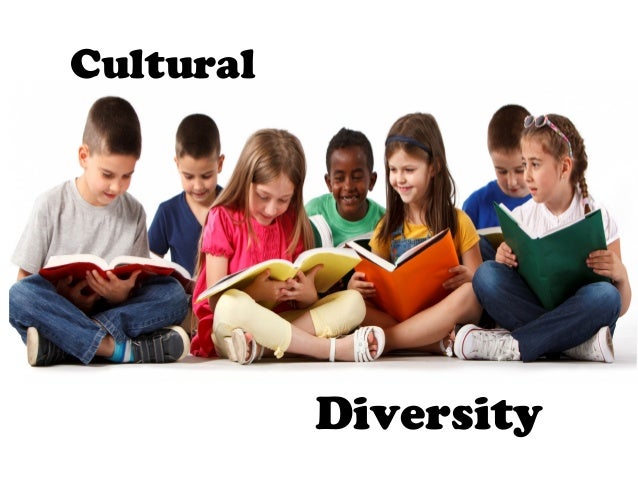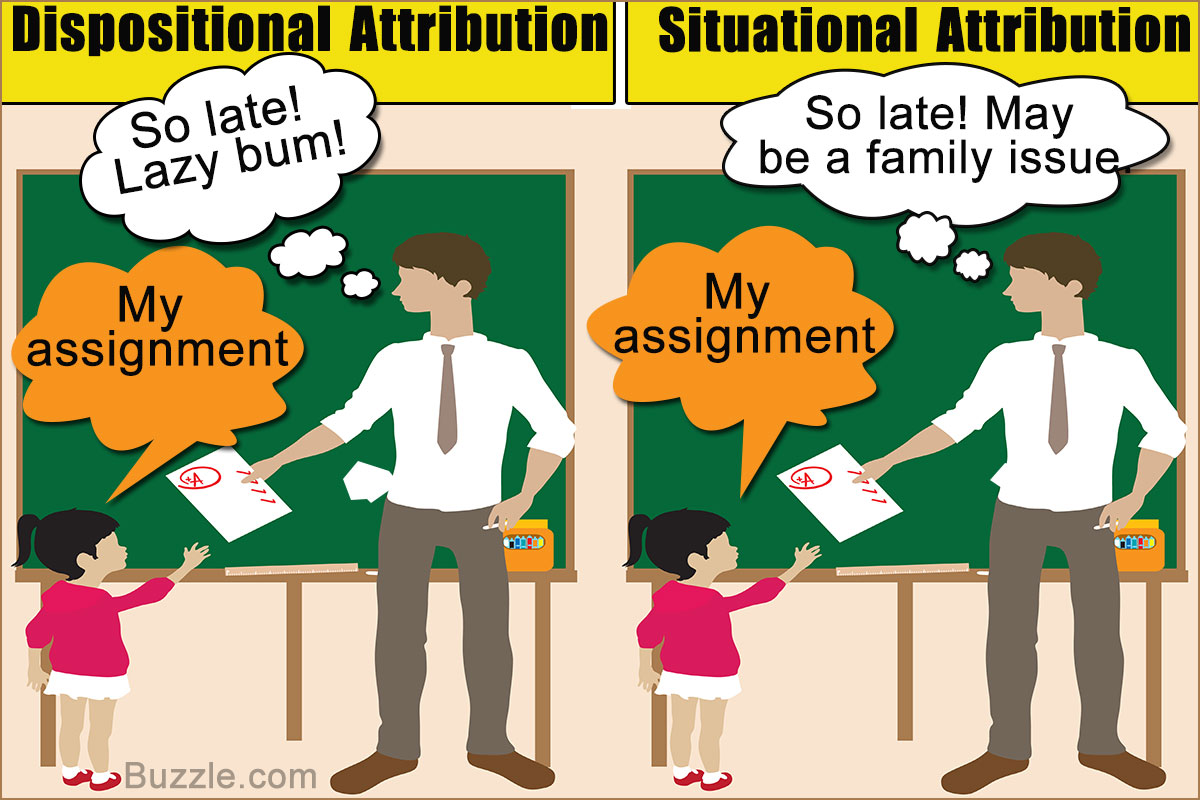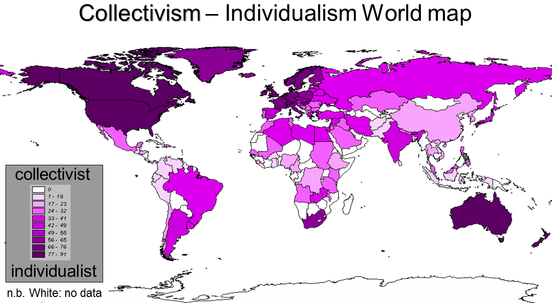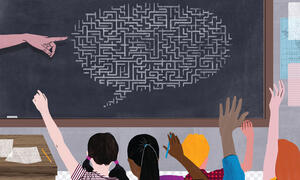
When I read the following question, my mind received a great answer, because I was searching for these reasons many years ago. I wanted an explanation about it, Why did certain civilizations in world history seem to be more “advanced” than others? I had read some aspects such as the development of the brain, social relationships, some physical and biological circumstances among others. To think on cultural diversity, it was not a choice.
Jared Diamond (1999), compared and contrasted many societies throughout history and determined that societies that had more access to cultural diversity were more apt to advance than their more isolated counterparts.(Ivers, J. Ivers, N. 2015) I was so interesting to read more on it. The proffesor Ivers, explained in his document called “Cultural Diversity Creative Genius Cognitive Development: Teaching Deeper Culture in Elementary School Foreign Language Classes”, based on different studies, how much is important the cultural diversity in the development and advance of a society.

How it could be possible? cultural diversity? I summed up these statements as follow:
- It is not about intelligence, it is related with the principle that many heads are better than one.
- The exposure to diverse cultural paradigms seem efficacious on the macro level and micro to help to develop better a civilization.
- There is a connection between highly creative people and exposure to cultural diversity in their younger developmental years, based on different culture interaction. Their outcomes were the adoption or adaptation of some parts of these cultures or a great understanding about the society.
- The exposure to cultural diversity may force children (or even adults) to form new neural connections in the brain to be able to sufficiently interpret meaning in things to which they are not accustomed.
- Once formed, these new neural connections, previously mentioned, may be at one’s permanent disposal to assist in a myriad of potential cognitive processes (e.g., language processing, knowledge acquirement, formal operational and dialectical thinking, problem solving)

To know this knowledge helped me to open my mind and to grow as a language teacher, how can I encourage my students to learn english based on the cultural diversity? I would like to follow some steps that the Ivers proffesor suggested:
- One that might be in this realm would be the diverse interpretations of gestures. One very famous one is that in Albania the head movements for yes and no are the exact opposite of what they are in the U.S.! It could be a fun activity.
- Different manners can also provide an area where simple yet diverse interpretations can be taught from diverse cultures.
- To generate discussion related with the intensity and expressivity levels from one culture to another and the variety of connection with the feelings and thoughts.
- Tell about our own experiences with other cultures and how we can learn from them. We can apply this for different reasons: “First of all, they are extremely helpful in maintaining attention. Second, by cautiously discussing some of your personal experiences (or those of an acquaintance) you may be able to somehow work in the idea of diverse interpretations of reality. Third, even if you are unsuccessful in touching the deeper, any discussion of foreign culture is usually valuable. After any sort of cross-cultural input, the child will be that much more likely to recognize a cross-cultural misunderstanding when he or she is confronted with one.” (Ivers, 2015)
To apply these suggestions will be an excellent experience in my teaching work. Also, it could be a challenge for me, because I am a little direct at time to explain something and I do not want to hurt someone. I have learned so much and I am open to different expreinces to grow as a person, as a teacher and as a proffessional.
https://www.euronews.com/2015/12/11/dealing-with-diversity-in-the-classroom




















:max_bytes(150000):strip_icc()/2794962-what-are-collectivistic-cultures-5ae8d1598023b90036891d34.png)










